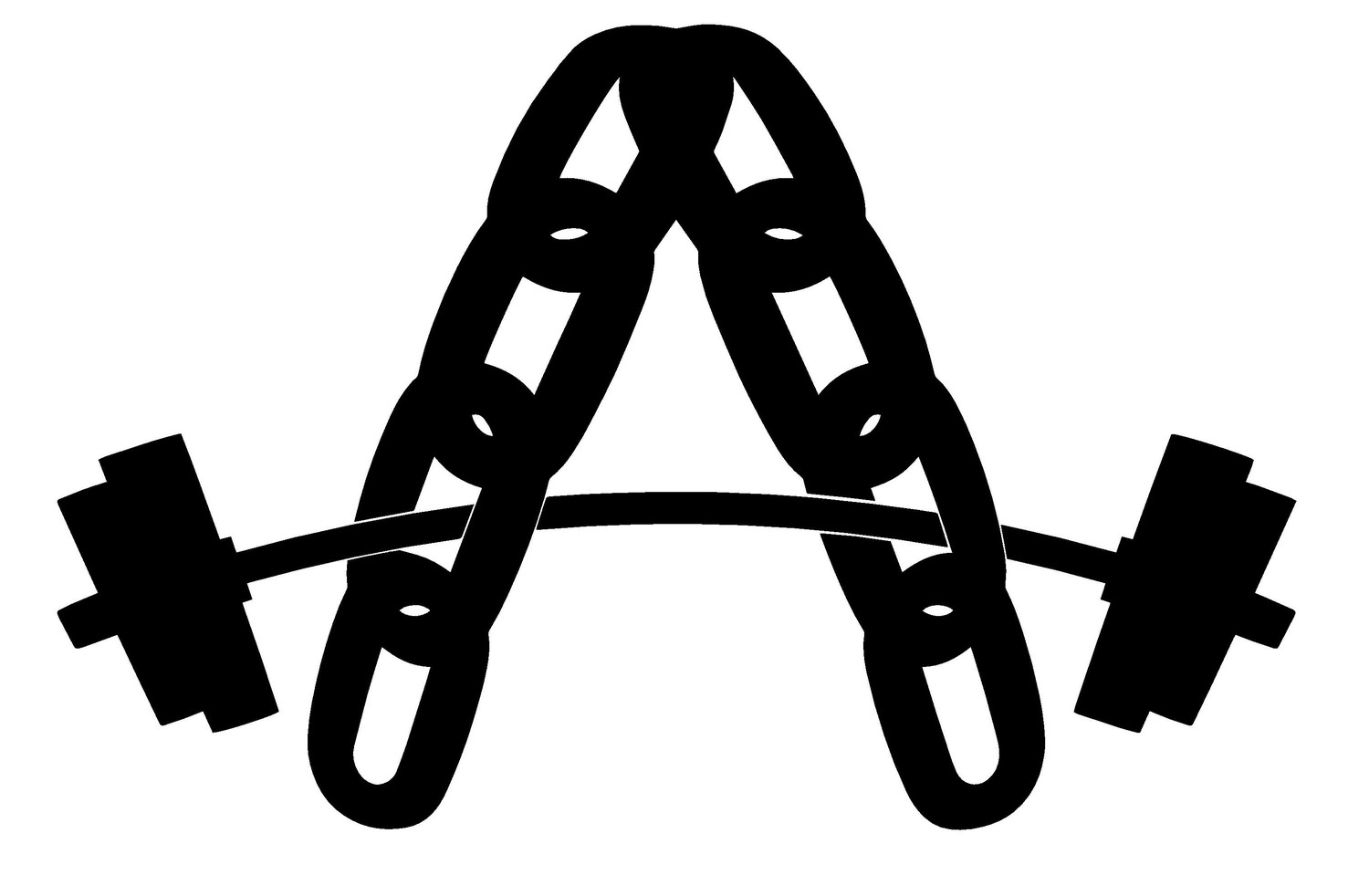Deadlift Better (Part 1)
Almost every day I receive messages or comments on how to improve your deadlift. The answer is incredibly simple… deadlift better. What I mean when I say that is… deadlift better! It’s as simple as that, in order to get stronger in the deadlift you must maximize everything about the movement; including positioning, trunk and hip strength, and flawless execution.
The deadlift is an incredibly stubborn movement that often cripples those who aren’t prepared, and destroys the hopes of a massive total. For example, my first powerlifting meet circa 2008 I deadlifted 600 at 198. Now fast forward to May 2016 I lifted 727 at 220. That’s a huge increase, but it took nearly 8 years to get there. What’s even more frustrating I first attempted 700 in 2011 and could not break the 700 barrier for almost 5 years from that point, so you can see that strength takes time. With that being said, don’t expect to pull a PR after reading this article but instead evaluate your own training and technique and see what needs to change.
Here are some of the key components to my recent success in the deadlift. These have helped me break the 800+ deadlift barrier.
Proper Set Up.
In my opinion, the success of your deadlift begins before the weights ever leave the ground. A familiar phrase or terminology that you’ve heard or seen thrown around the internet is “Pull the slack out of the bar.” Now this may seem simple enough, but, in reality this one of the most difficult aspects of the deadlift and can lead to lifters having trouble breaking the weight off the floor. This is due to the lifter applying a vertical force on the bar (through hip extension, not elbow flexion or lumbar extension) but when the lifter drops their hips into the pull they more often than not release the vertical tension they just created, and as a result their hips often shoot upward first resulting in a poor movement pattern. They utilize more relative effort and place greater stress on the back (specifically lumbar extensors). I admit that this was one of my biggest obstacles when learning sumo and re-learning my conventional deadlift.
For me, I utilized sumo stiff leg deadlifts (the idea works the same for both sumo or conventional) with relatively light weight (35-45%). I would practice bracing my trunk and try lifting the weight using only my hip extensors. As I felt comfortable with my form, I would slowly add weight each session. I would keep the reps between 2-3 and usually between 6 to 8 sets, keeping rest to a minimum and always resetting after each rep. This helped me to utilize my hips extensors to a much greater degree and create a false eccentric phase during the drop to the bar that allowed me to utilize the stretch shortening cycle and aided in my initial pull off the floor. Below is an example of how I look like from when I first set up on the bar (top image) and how I look when I begin the initial pull from the floor (bottom image) after loading my hips and dropping into the pull. As you can see, the distance from the floor and the apex of the bar increases as I apply the vertical force on the bar. This helps optimize your starting position, decrease the distance the bar travels (a small degree) and allows you to develop more tension or force before the initial pull.
Beltless Training.

